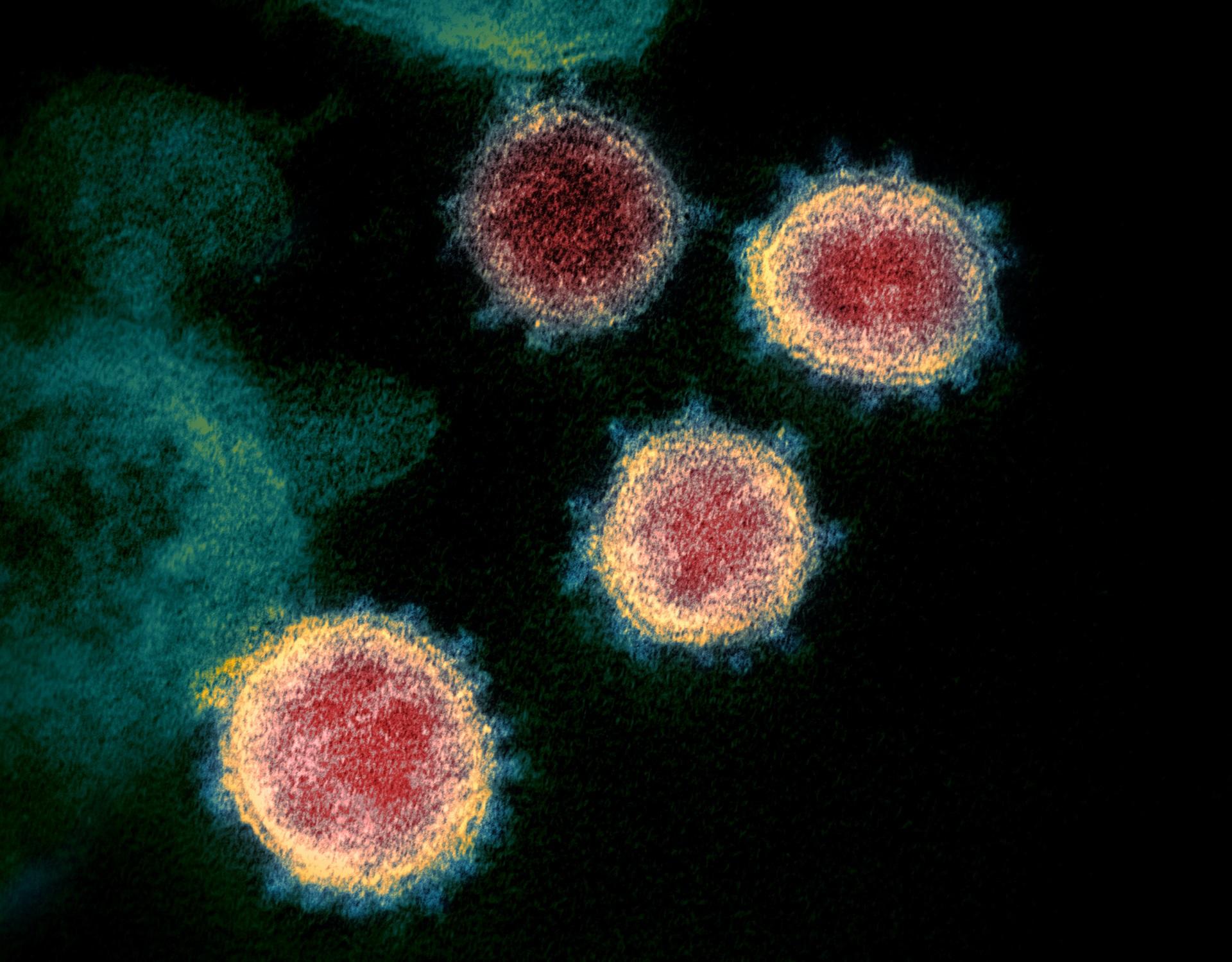Reverse-transcription loop-mediated isothermal amplification has high accuracy for detecting severe acute respiratory syndrome coronavirus 2 in saliva and nasopharyngeal/oropharyngeal swabs from asymptomatic and symptomatic individuals
Previous studies have described reverse-transcription loop-mediated isothermal amplification (RT-LAMP) for the rapid detection of severe acute respiratory syndrome coronavirus 2 (SARS-CoV-2) in nasopharyngeal/oropharyngeal swab and saliva samples. This multisite clinical evaluation describes the validation of an improved sample preparation method for extraction-free RT-LAMP and reports clinical performance of four RT-LAMP assay formats for SARS-CoV-2 detection. Direct RT-LAMP was performed on 559 swabs and 86,760 saliva samples and RNA RT-LAMP on extracted RNA from 12,619 swabs and 12,521 saliva samples from asymptomatic and symptomatic individuals across health care and community settings. For direct RT-LAMP, overall diagnostic sensitivity (DSe) was 70.35% (95% CI, 63.48%–76.60%) on swabs and 84.62% (95% CI, 79.50%–88.88%) on saliva, with diagnostic specificity of 100% (95% CI, 98.98%–100.00%) on swabs and 100% (95% CI, 99.72%–100.00%) on saliva, compared with quantitative RT-PCR (RT-qPCR); analyzing samples with RT-qPCR ORF1ab CT values of ≤25 and ≤33, DSe values were 100% (95% CI, 96.34%–100%) and 77.78% (95% CI, 70.99%–83.62%) for swabs, and 99.01% (95% CI, 94.61%–99.97%) and 87.61% (95% CI, 82.69%–91.54%) for saliva, respectively. For RNA RT-LAMP, overall DSe and diagnostic specificity were 96.06% (95% CI, 92.88%–98.12%) and 99.99% (95% CI, 99.95%–100%) for swabs, and 80.65% (95% CI, 73.54%–86.54%) and 99.99% (95% CI, 99.95%–100%) for saliva, respectively. These findings demonstrate that RT-LAMP is applicable to a variety of use cases, including frequent, interval-based direct RT-LAMP of saliva from asymptomatic individuals who may otherwise be missed using symptomatic testing alone.
